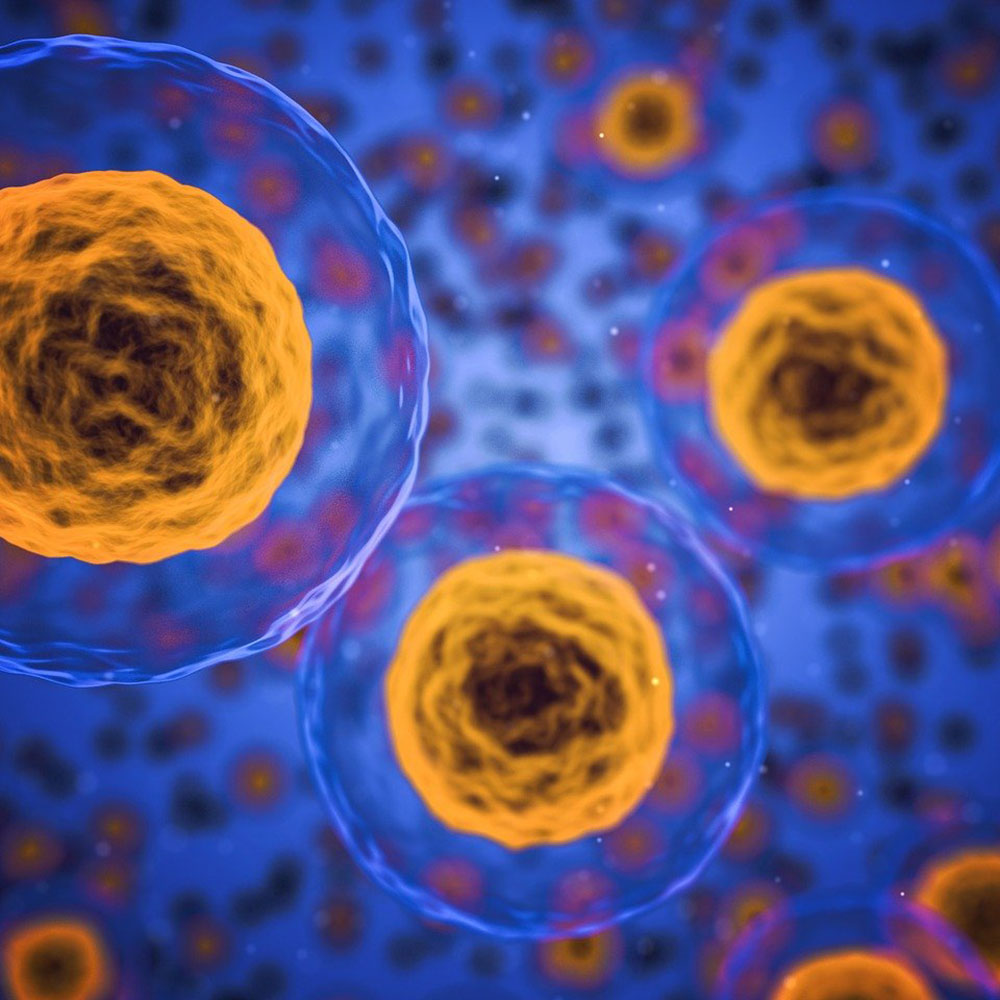Description
Carcinome intracanalaire de la prostate
Critères diagnostiques histologiques
Pour obtenir les documents
L’accès au texte intégral des documents est restreint au personnel et aux médecins du CHUM en fonction des abonnements de la bibliothèque. Certains documents sont en accès libre sur le web.
Si vous êtes branchés sur le réseau CHUM :
Cliquer sur les liens fournis pour chaque référence pour vérifier la disponibilité du texte intégral.
Pour les articles provenant de PubMed, cliquer préalablement sur le lien suivant pour afficher la disponibilité du document.
Si vous êtes dans un autre établissement et que vous n’arrivez pas à accéder au texte intégral d’un article à partir du lien donné, vérifier auprès de la bibliothèque de votre institution en donnant la référence complète du document.
|
Avis de non-responsabilité
Le contenu des veilles informationnelles ou stratégiques (ci-après appelée « Veilles ») est mis à votre disposition à titre informatif pour un usage personnel exclusif. Tout usage commercial du contenu des Veilles est strictement interdit. Tous les éléments, articles, rapports ou toute autre source d’information figurant dans les Veilles, vous sont fournis « tels quels », sans garantie d’aucune sorte. Eu égard aux propos tenus dans les articles et les rapports sélectionnés pour les Veilles, le CHUM n’offre aucune garantie notamment d’exhaustivité, de fiabilité, d’actualité et d’exactitude.Le CHUM ne pourra en aucun cas être tenu responsable envers quiconque de tout dommage quel qu’il soit, même ceux directs, encouru notamment des suites de toute réclamation, action ou poursuite découlant, même directement, de l’utilisation de ces Veilles.
Les Veilles contiennent des liens vers des sites Web créés et mis à jour par des tierces parties. Ces liens sont fournis pour la commodité des utilisateurs seulement. Le CHUM n’endosse et ne garantit, ni explicitement ni implicitement, l’exactitude ou l’intégralité ni du contenu de ces hyperliens ni des opinions qui y sont exprimées. Le CHUM n’assume aucune responsabilité à l’égard de ces sites Web externes.
Le CHUM prend tous les moyens raisonnables afin de respecter les droits de propriété intellectuelle afférents au contenu des Veilles et aux modalités du prêt entre bibliothèques, émises par l’Université de Montréal. Le contenu des Veilles, incluant la manière dont il est présenté, sont notamment protégés par la Loi sur le droit d’auteur (L.R.C. (1985), ch. C-42). Le CHUM ne donne aucune garantie et ne fait aucune déclaration à l’effet que le contenu de ces veilles n’enfreint aucun droit d’une autre personne ou entité. Le téléchargement, la reproduction en un seul exemplaire ou le tirage sur papier des Veilles ne sont autorisés qu’à des fins de sauvegarde et pour un usage privé et non commercial. Tout téléchargement, reproduction, édition, diffusion sur Internet, utilisation à des fins commerciales ou publiques, distribution, publication sur un autre site ou sur quelque autre forme ainsi que toute autre utilisation est strictement interdite, à moins d’être faite dans le respect des règles de propriété intellectuelle applicables. |







